The previous six months have seen heightened activity around new and emerging ransomware operations. Across the tail-end of 2024 and into 2025, we have seen the rise of groups such as FunkSec, Nitrogen and Termite. In addition, we have seen the return of Cl0p and a new version of LockBit (aka LockBit 4.0).
Within this period of accelerated activity, the Ransomware-as-a-Service offerings HellCat and Morpheus have gained additional momentum and notoriety. Operators behind HellCat, in particular, have been vocal in their efforts to establish the RaaS as a ‘reputable’ brand and service within the crimeware economy.
As a result of this recent activity, we analyzed payloads from both HellCat and Morpheus ransomware operations. In this post, we discuss how affiliates across both operations are compiling payloads that contain almost identical code. We take a high-level look at two samples in particular and examine their characteristics and behavior.
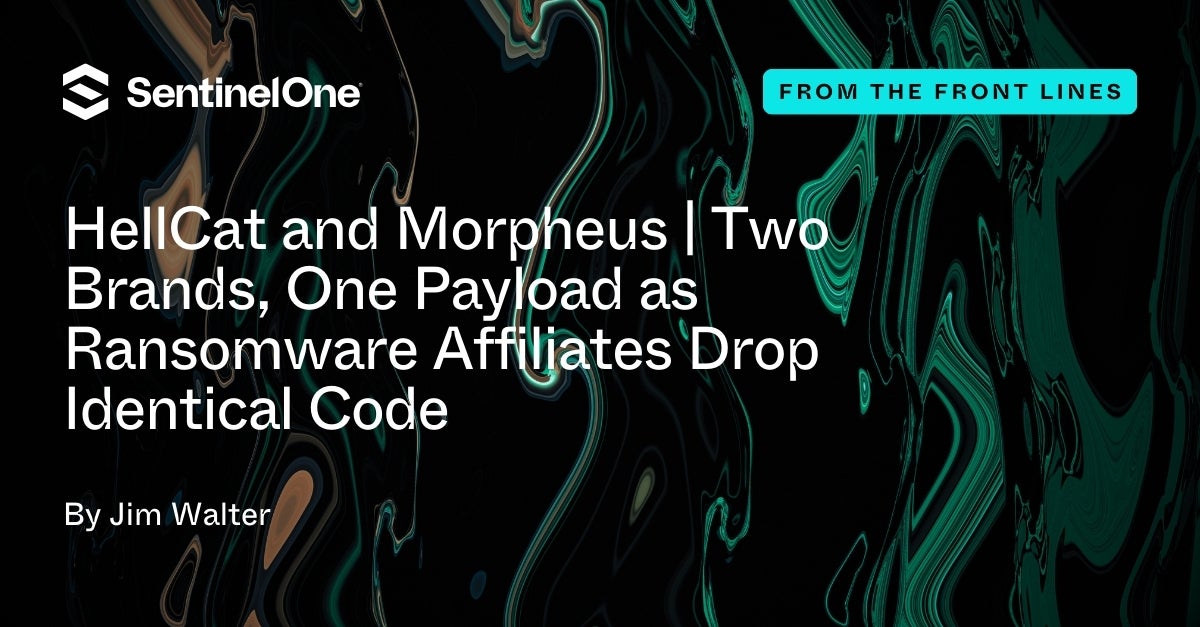
HellCat Overview
HellCat Ransomware emerged in mid-2024. The primary operators behind HellCat are high-ranking members of the BreachForums community and its various factions. These personas, including Rey, Pryx, Grep and IntelBroker, have been affiliated with the breaches of numerous high-value targets.

HellCat has leaned heavily into the public side of their persona with novel ransom demands and direct media coverage to drive their position within the ransomware landscape. By their own admissions, HellCat operators are focused on high-value “big game” targets and government entities.
Morpheus Overview
Morpheus RaaS launched a data leaks site (DLS) in December 2024, though the group’s activity can be tracked back to at least September. Morpheus functions as a semi-private RaaS, and its public branding efforts are far less visible than Hellcat.

At the time of writing, Morpheus has listed two victims in the pharmaceutical and manufacturing industries. The affiliate discussed below currently targets Italian organizations with a focus on virtual ESXi environments. Ransom demands from Morpheus affiliates are known to reach as high as 32BTC (~$3 million USD as of this writing).
An Affiliate in Common
In late December 2024, our research team observed two similar ransomware payloads uploaded to VirusTotal on December 22 and December 30.
| SHA1 | Filename | Uploaded |
| f86324f889d078c00c2d071d6035072a0abb1f73 | 100M.exe | December 22, 2024 |
| b834d9dbe2aed69e0b1545890f0be6f89b2a53c7 | 100M_redacted.exe | December 30, 2024 |
Both files were uploaded to VirusTotal via the web interface from a user that was not signed in and bear the same submitter ID. Based on this and other telemetry data, we believe it is likely that the samples were uploaded by the same affiliate dabbling in both Morpheus and HellCat campaigns.


These two payload samples are identical except for victim specific data and the attacker contact details.
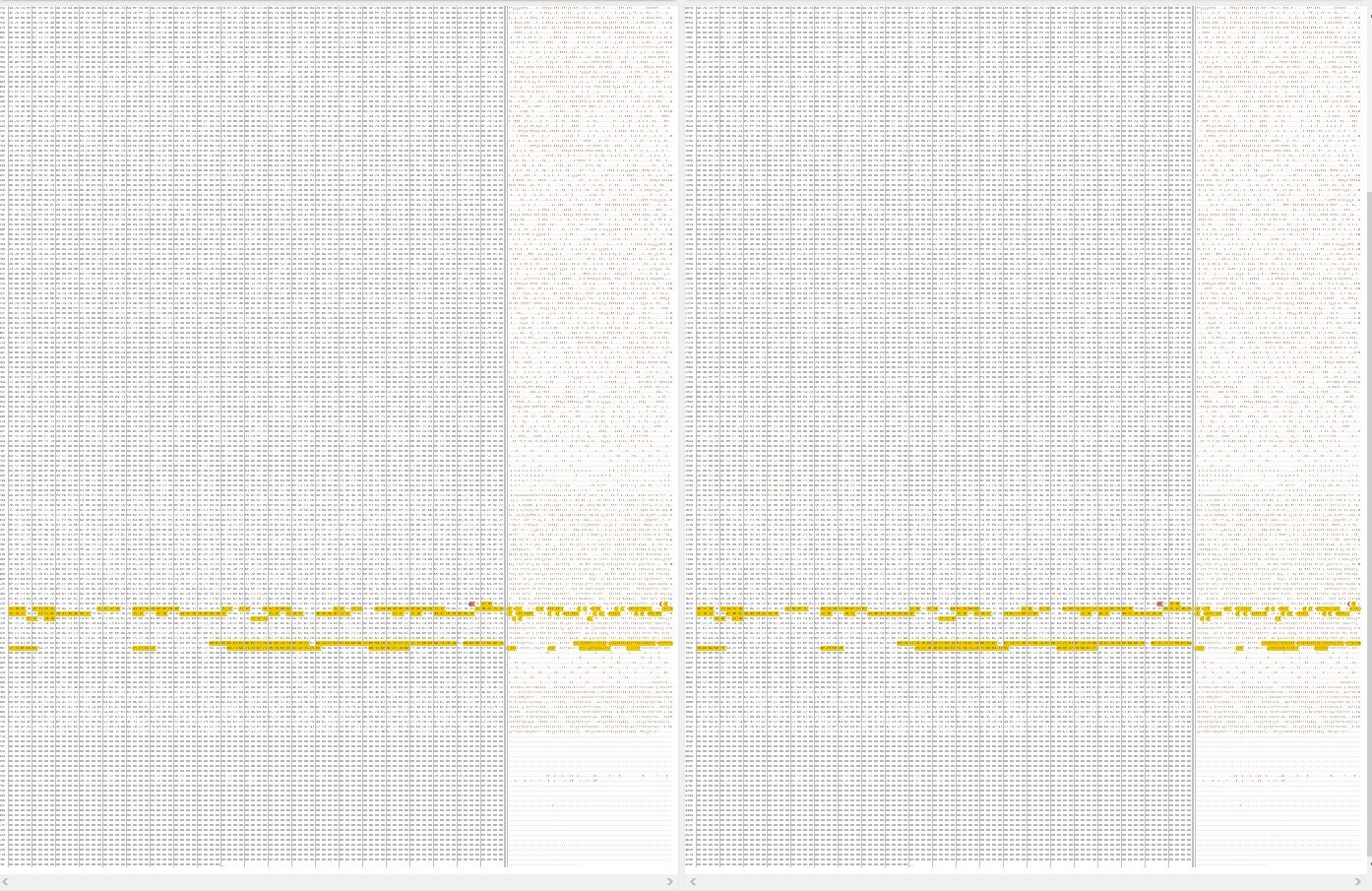

Payload Behavior
The Morpheus/HellCat payload is a standard, 64bit PE file. Both samples are ~18KB in size. Execution of the payload requires a path be provided as an argument. The ww argument is also accepted, and this was the parameter used by the affiliate associated with these samples.
encryptor.exe ww
encryptor.exe {path}
A further file named er.bat was uploaded to VirusTotal with the same submitter ID on December 31, 2024 and gives us a glimpse into how the Morpheus sample was executed on target systems. er.bat (SHA1: f62d2038d00cb44c7cbd979355a9d060c10c9051 ) contains multiple copy commands, followed by execution of the ransomware.

Other files referenced in er.bat are associated with nginx (web server) and various Trend Micro products. The script copies these items from a network share to the local C:\users\public\ folder, followed by execution of the Morpheus ransomware with the ww parameter.
Both the HellCat and Morpheus samples are built with a hard-coded list of extensions to exclude from the encryption process:
- .dll
- .sys
- .exe
- .drv
- .com
- .cat
Additionally, the ransomware excludes the \Windows\System32 folder from encryption.
Upon launch, the payload processes files in the targeted path. An unusual characteristic of these Morpheus and HellCat payloads is that they do not alter the extension of targeted and encrypted files. The file contents will be encrypted, but file extensions and other metadata remain intact after processing by the ransomware.
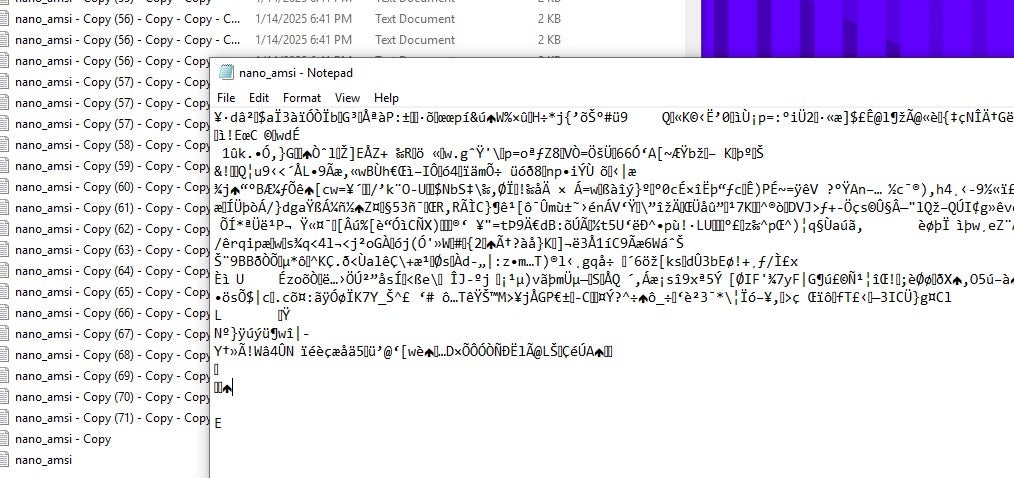
The Morpheus and HellCat samples use the Windows Cryptographic API for key generation and file encryption. BCrypt is used to generate an encryption key, followed by encryption of the contents of the file. Similar approaches to encryption (using the Windows Cryptographic API) have been taken in the past by early versions of LockBit and ALPHV and many others.
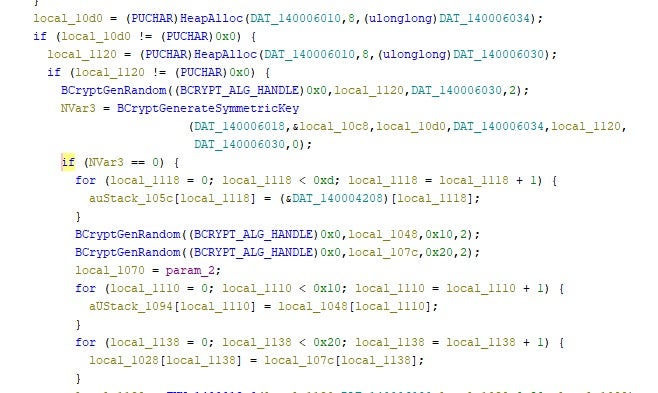
The BCryptEncrypt is, in turn, used to encrypt the context of each file processed.
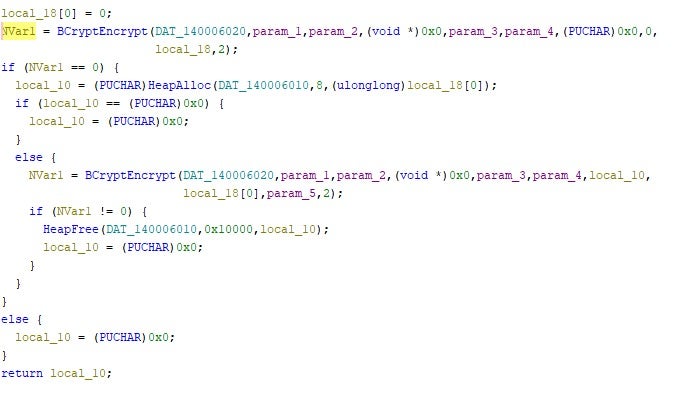
There are no further system modifications made beyond the file encryption and ransom note drop (no wallpaper change, schedule tasks, or persistence mechanisms)
For both Morpheus and HellCat, the ransom note is written to disk as _README_.txt. Once all available files, on all available volumes, have been processed, the ransomware note will be launched via notepad from the C:\Users\Public\_README_.txt instance of the file.

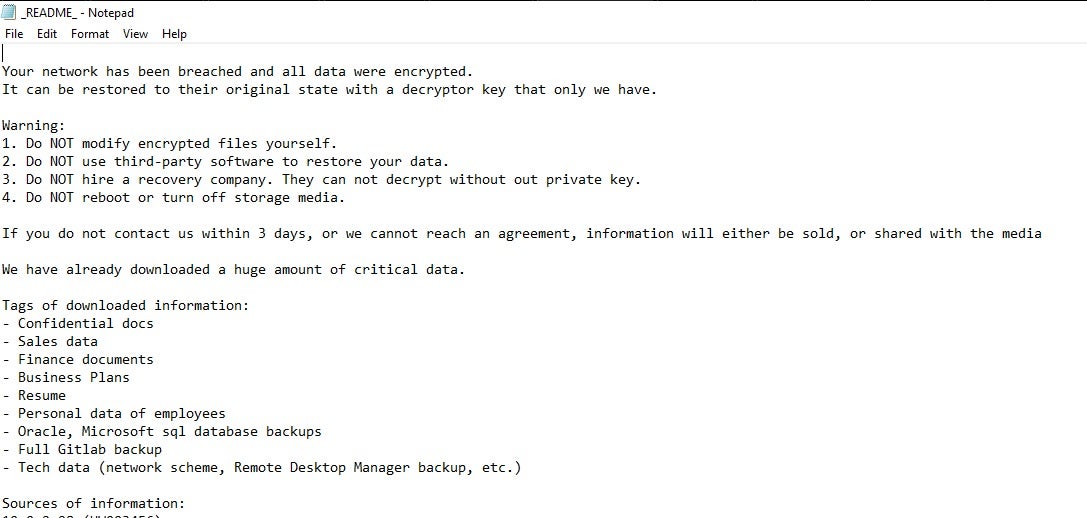
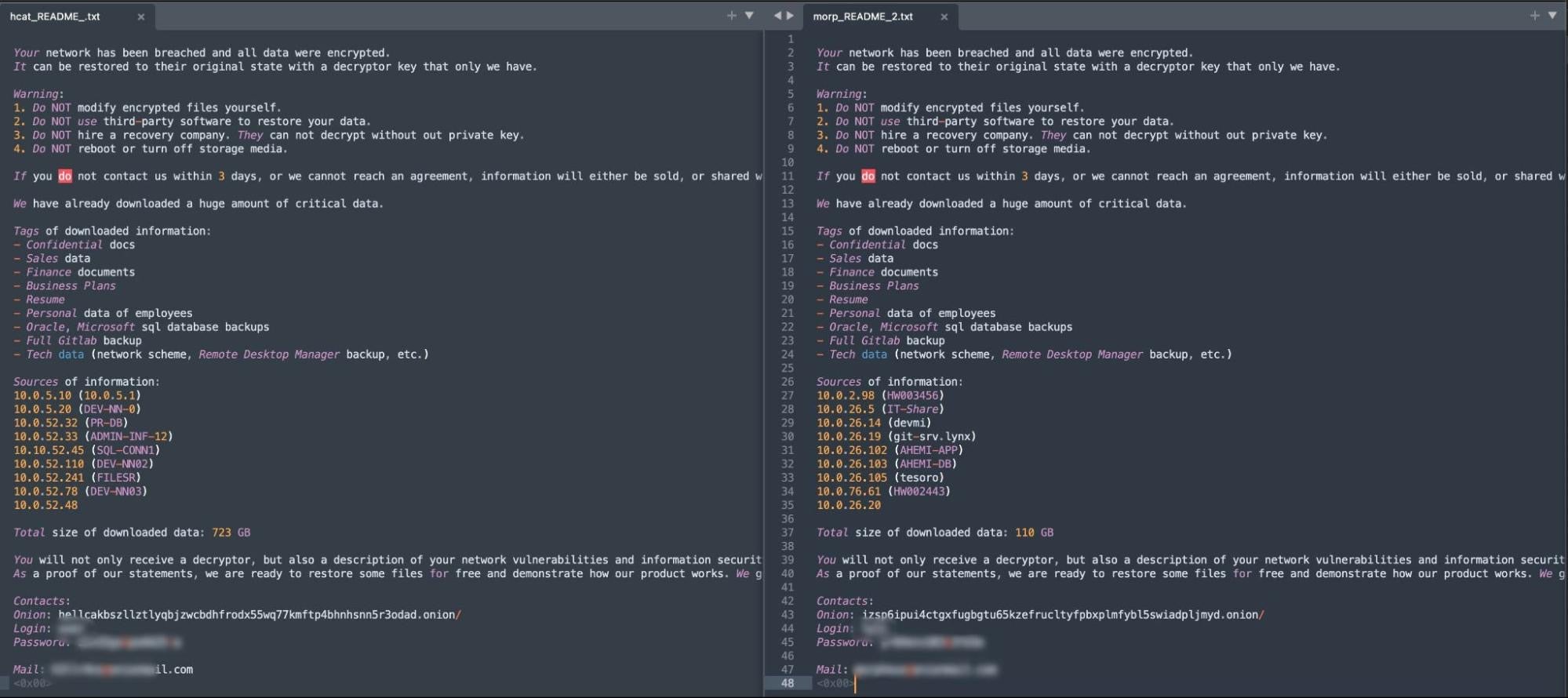
Ransom notes for the payloads are nearly identical and follow the same template and flow. The only differences are from the “Sources of Information” section onward.
Victim-specific infrastructure varies, but the layout within the note is the same, with the same quantity of sources listed across each note. The “Contacts” section contains the operation-specific contact details (HellCat or Morpheus), including the contact email address, .onion URL and victim login details. In each note, victims are instructed to login to the attacker’s .onion portal with a provided set of credentials.

Similarities with Underground Team Ransomware
Underground Team emerged as a RaaS operation in early to mid 2023. It is still active as of this writing and the associated data leak site has entries as recent as December 2024.
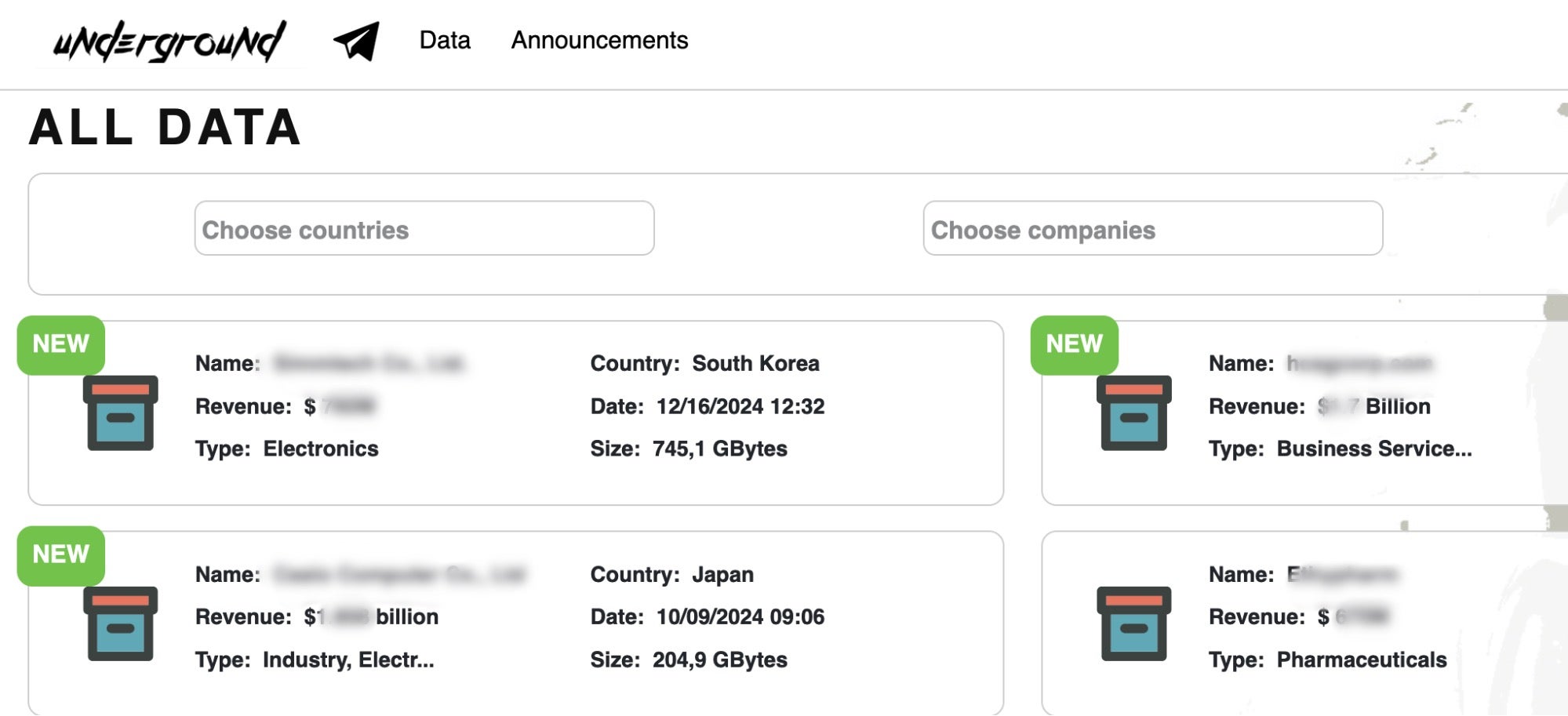
The ransom notes for HellCat and Morpheus described in the previous section follow the same template as analyzed notes from the Underground Team.
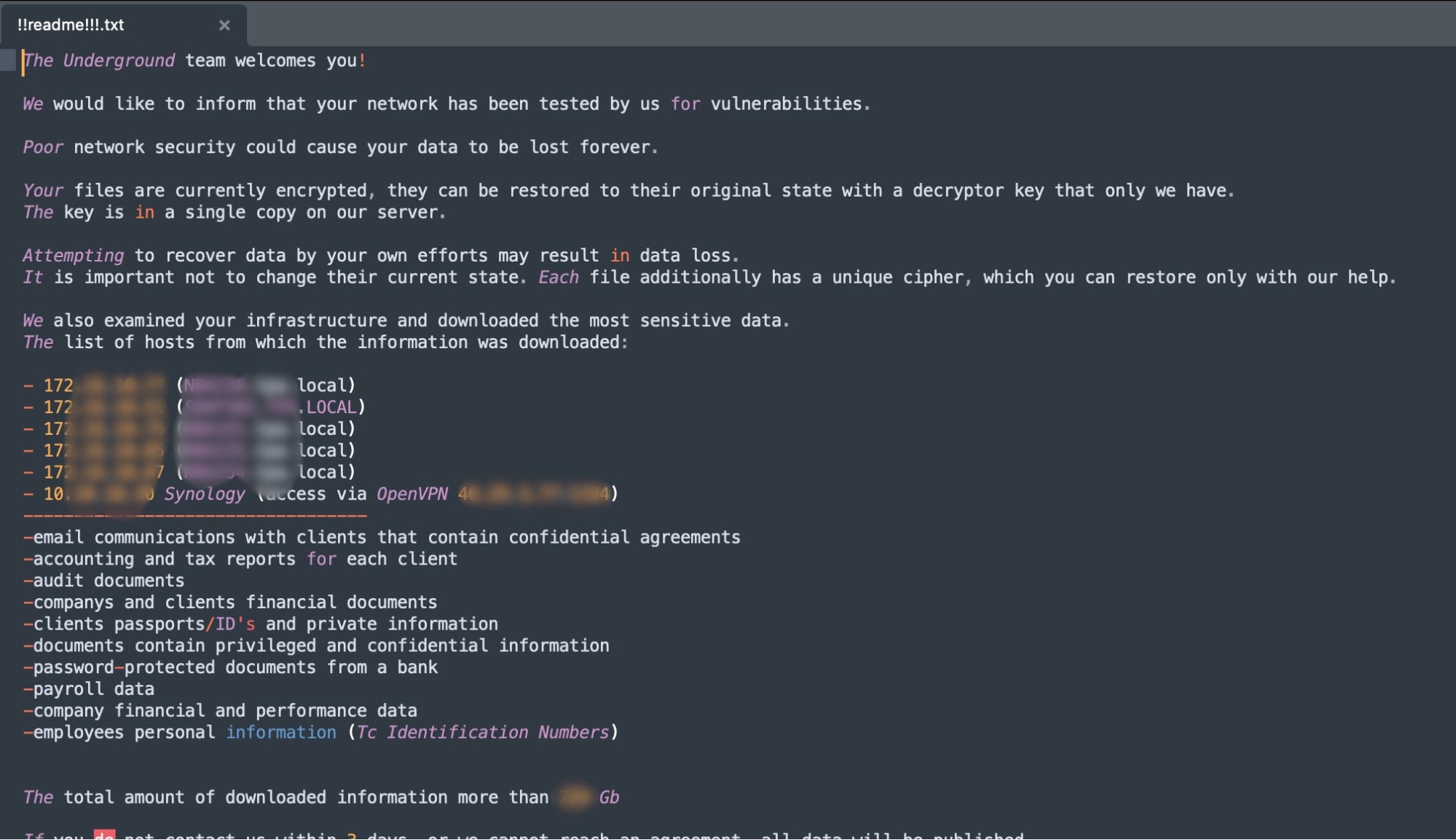
Despite this similarity, the ransomware payloads analyzed from the Underground Team are structurally and functionally different from HellCat and Morpheus samples. Presently, there is not sufficient evidence to support any sort of shared codebase or ‘partnering’ between Underground Team, HellCat and Morpheus. While it is completely possible that there are affiliates that are tied to Underground Team and Hellcat/Morpheus, assuming any deeper connection would be speculation at this time.
Conclusion
HellCat and Morpheus payloads are almost identical and both are atypical to other ransomware families in leaving original file extensions in place after encryption. While it is not possible to assess the full extent of interaction between the owners and operators of these ransomware services, it appears that a shared codebase or possibly a shared builder application is being leveraged by affiliates tied to both groups.
As these operations continue to compromise businesses and organizations, understanding how common code is sourced and shared across these groups can help inform detection efforts and improve threat intelligence regarding how these groups operate.
SentinelOne Singularity is capable of detecting and preventing the malicious behaviors and TTPs associated with HellCat and Morpheus ransomware.
Indicators of Compromise
Files (SHA1):
b834d9dbe2aed69e0b1545890f0be6f89b2a53c7 “HellCat”
f62d2038d00cb44c7cbd979355a9d060c10c9051 er.bat (Morpheus)
f86324f889d078c00c2d071d6035072a0abb1f73 “Morpheus”
Network:
hellcakbszllztlyqbjzwcbdhfrodx55wq77kmftp4bhnhsnn5r3odad[.]onion HellCat DLS izsp6ipui4ctgxfugbgtu65kzefrucltyfpbxplmfybl5swiadpljmyd[.]onion Morpheus DLS hellcat[.]locker HellCat file service
Personas:
h3llr4ns[@]onionmail[.]com
morpheus[@]onionmail[.]com



